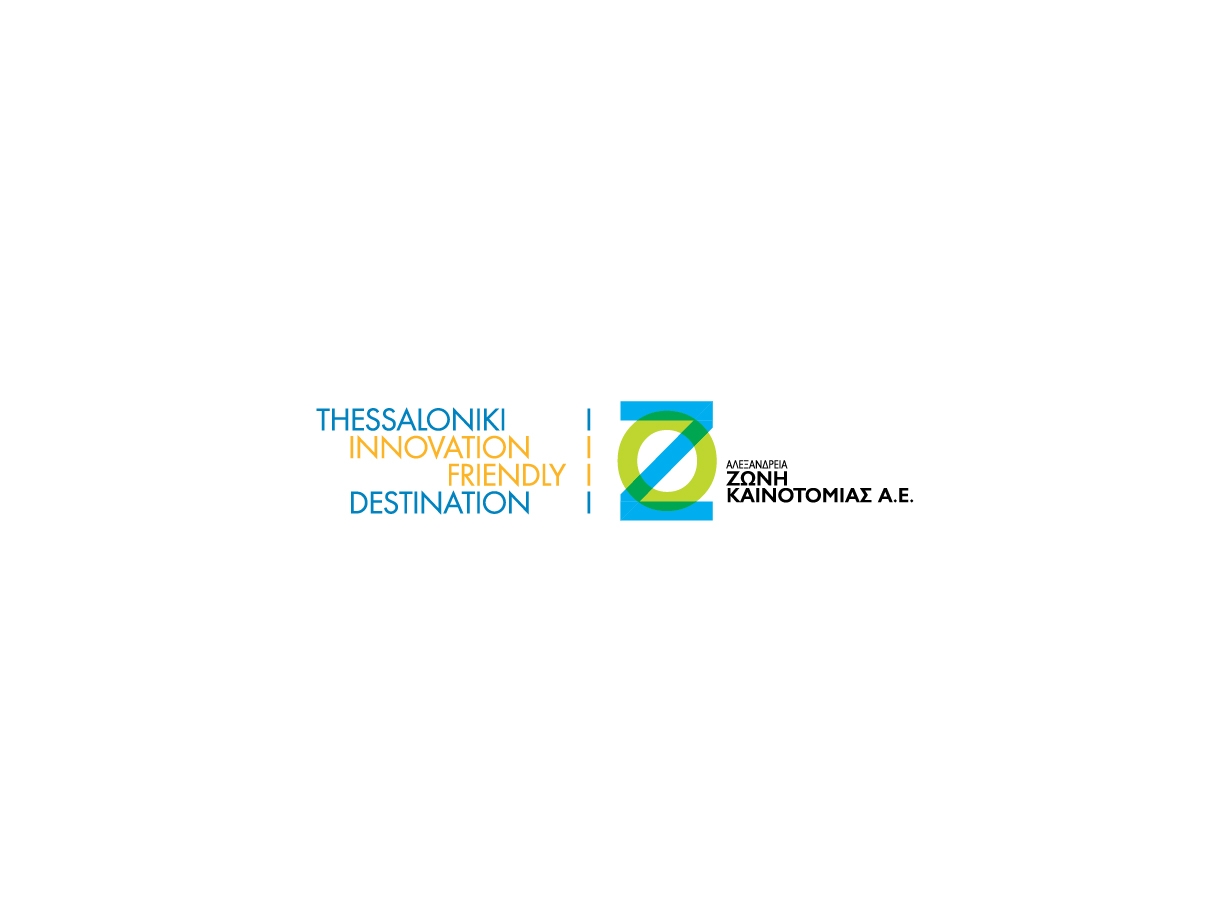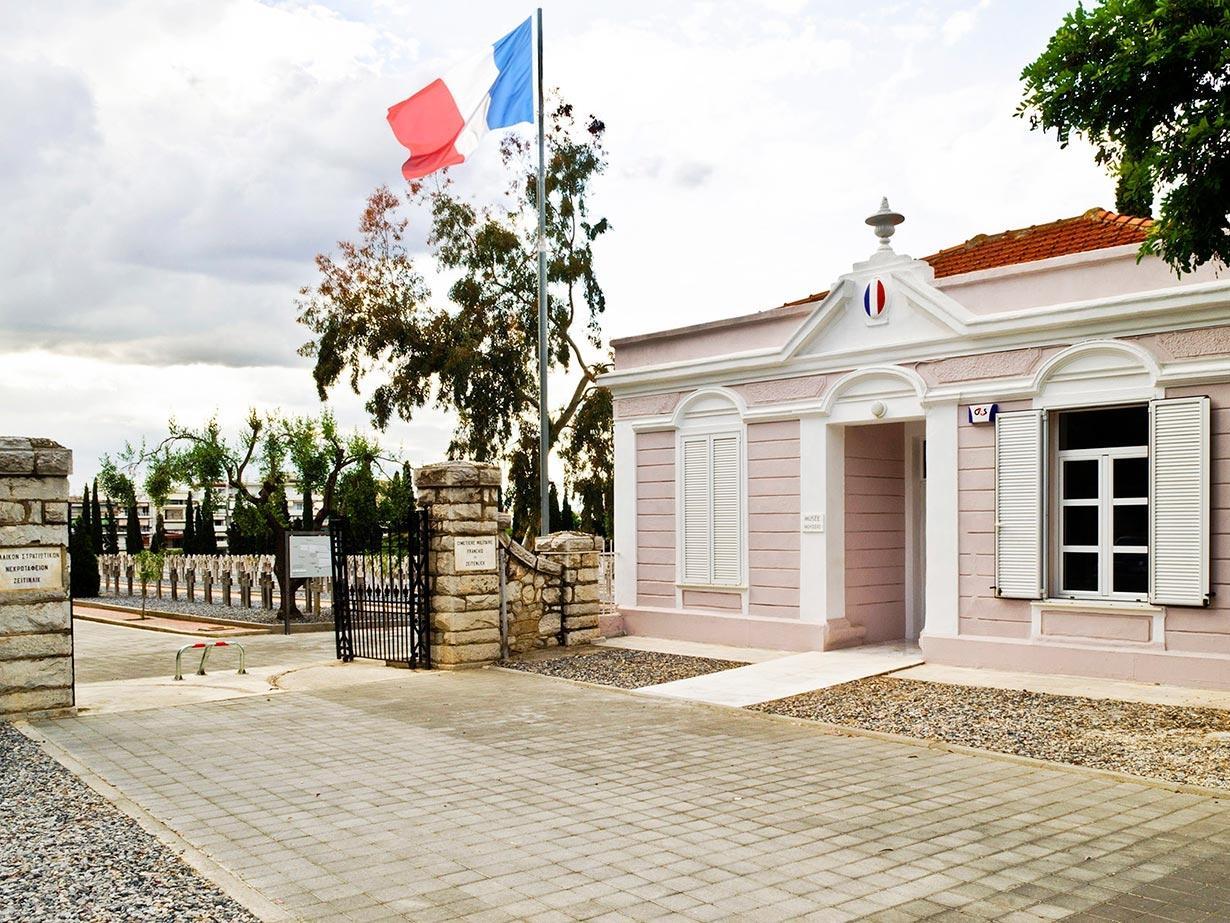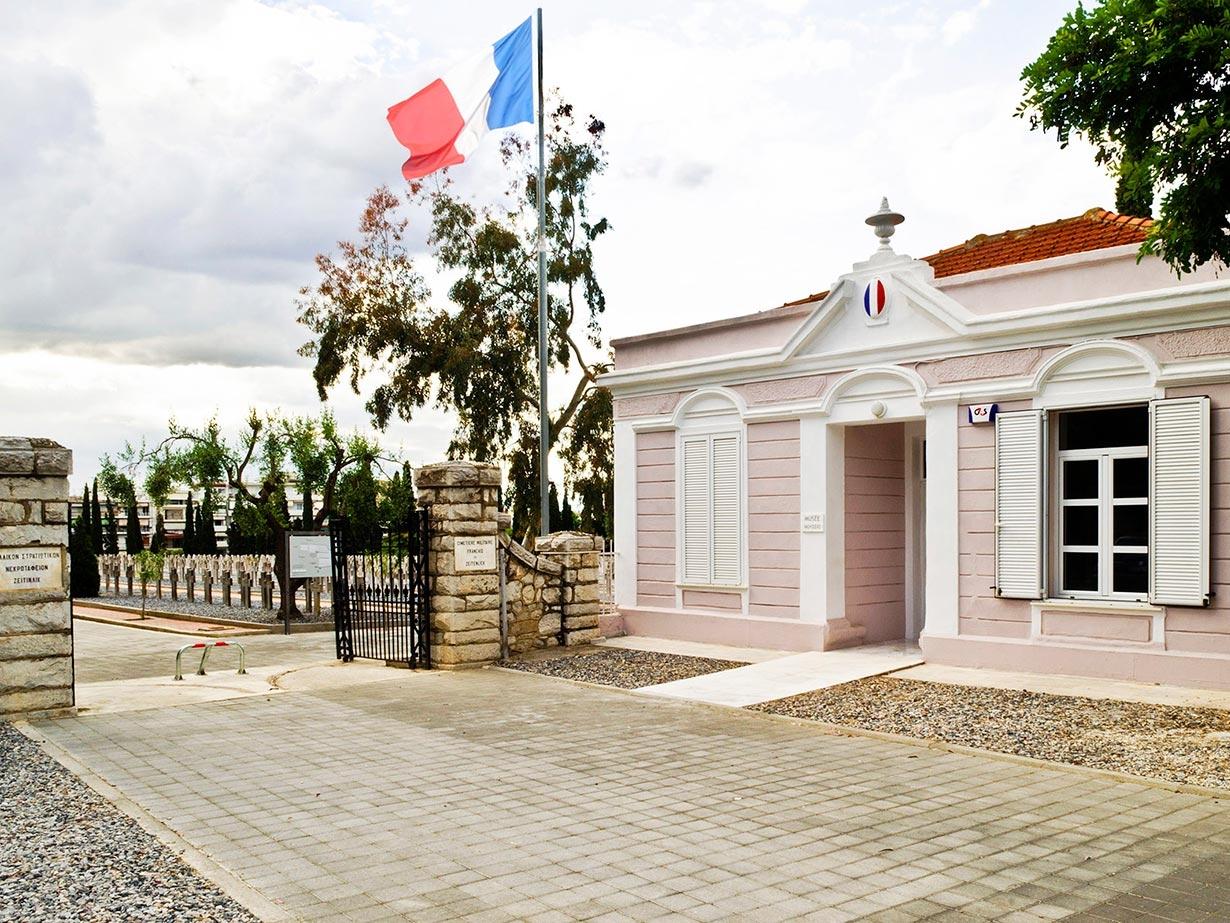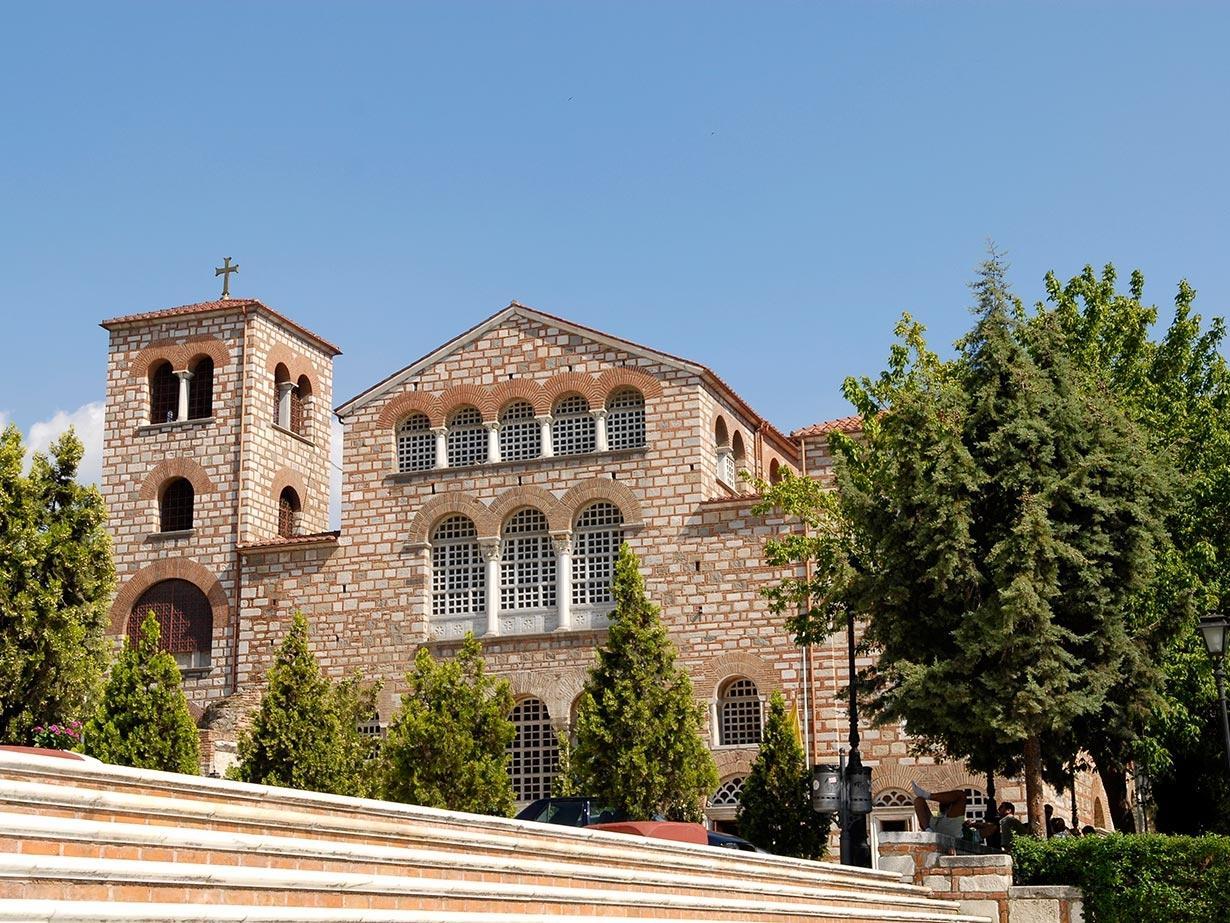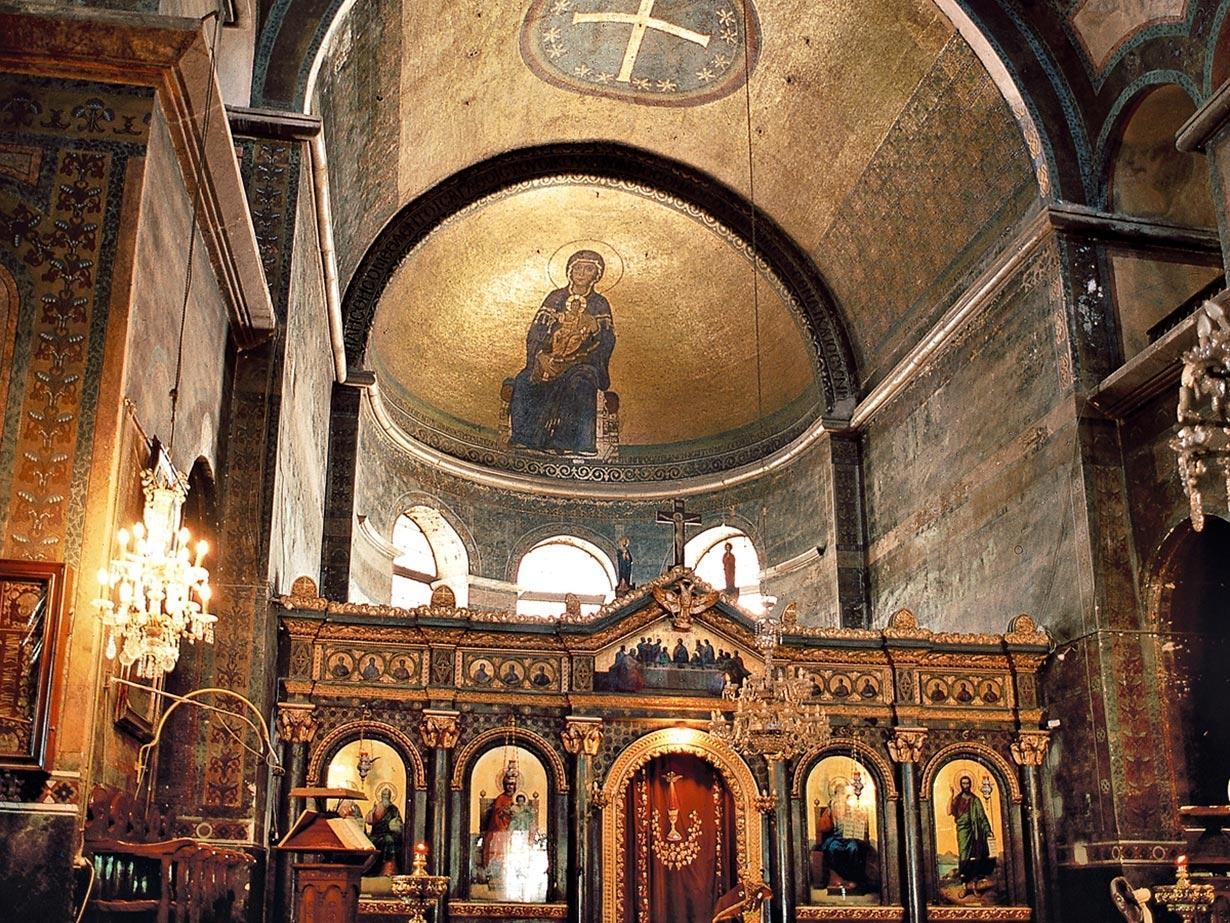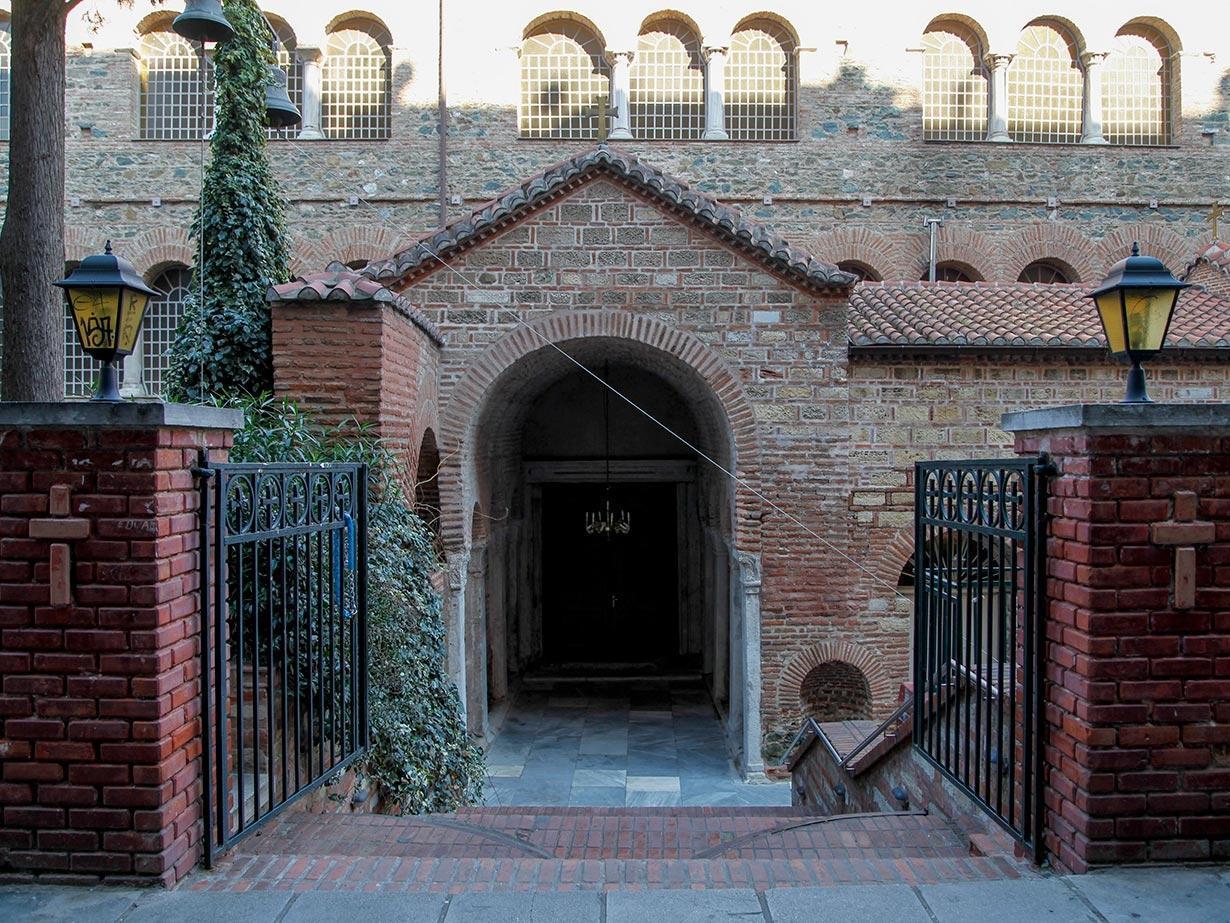Museums, Monuments, Theatres Cinemas etc..
Thessaloniki was the European Capital of Culture in 1997 and remains a city with intense cultural activity. As evidenced by the dozens of museums, theaters, the Multiplex of art, the Concert Hall, the outdoor sculpture and music heritage, Thessaloniki produces culture and moves with strength and versatility, having a restive workforce, its residents, creating and many times pioneering at the cultural life of Greece. Search and discover places and people and why not, become yourselves part of that creativity!




